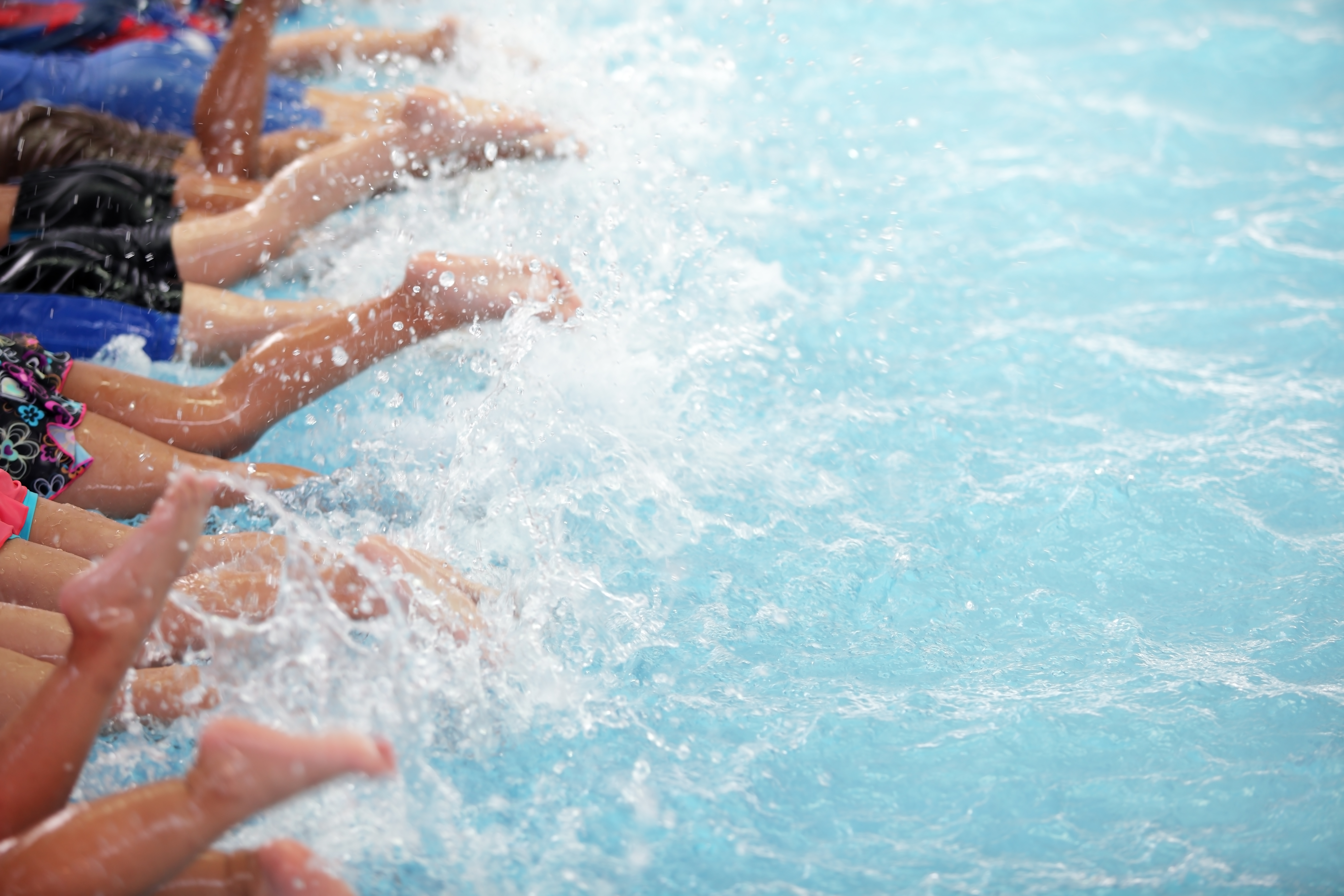by Florence Murray
Learning to swim is a matter of trust. Trusting your Mom or Dad not to let go, trusting the lifeguard to watch you swim to the side, trusting the other children not to push you off the diving board. Once you learn to swim, you can immerse yourself in the cool, quiet water of the pool or lake. The hardest part of swimming is learning to trust that you will rise to the surface, that you will float and that you will be able to make it to the ladder.
When children are young, they are easy to engage in swimming lessons. It is important that the class is fun while also stressing the seriousness of the activity. Swimming instructors are often familiar to young children who are used to being watched by teenagers and young adults while their parents are away. Swimming instructors enjoy little ones and understand that fear of water is real, and they have the tools to help the children overcome those fears.
There are steps you can take to help your child be successful in swim class. If your child is unsure about the water, start with small steps. Sit on the step in the pool and practice “washing” your face. No one likes having water in the eye but helping children understand that the water in the pool is like water in the bathtub will help your child see that it is the same liquid and not scary. After your child is comfortable with water on the face, encourage the child to place his or her face in the water. If children can develop the ability to open their eyes underwater, it will help them see the surface and not panic when underwater.
Next, walk around the shallow end of the pool with your child on your knee, gently bouncing them to feel the water’s buoyancy. Encourage your child to move their arms, splash the water, and paddle. Place your child on their stomach with their face out of the water and encourage them to kick their legs. Lastly, turn your child onto their back and lean them against your shoulder or chest. Children find lying on the surface of the water most difficult, wanting to sit up instead of lying back. If they can feel you there, that feeling will help the child relax and float on the surface.
These small steps will help your child prepare for swim class. In the summer, you can find swimming lessons at your local recreational center or school pool. Check out the American Red Cross website for locations where classes are taught. The Red Cross has taught swimming instructors for many decades and keeps a list of local classes. If you cannot find a class near you, talk to your local school. If there is a swimming program there, you may find a teacher or student who is trained to teach young children how to swim.
The importance of learning to swim at a young age cannot be overstated. It is a challenge that grows with age and is more easily conquered when young. Children may be confronted with many dangers but knowing that they can swim will be an invaluable tool to help them solve at least some of those hazards, in the bathtub, in pools, in the crowded and noisy public pool or at the local beach. Making sure that your child can swim is an important tool for your child to become independent and healthy.








Leave A Comment